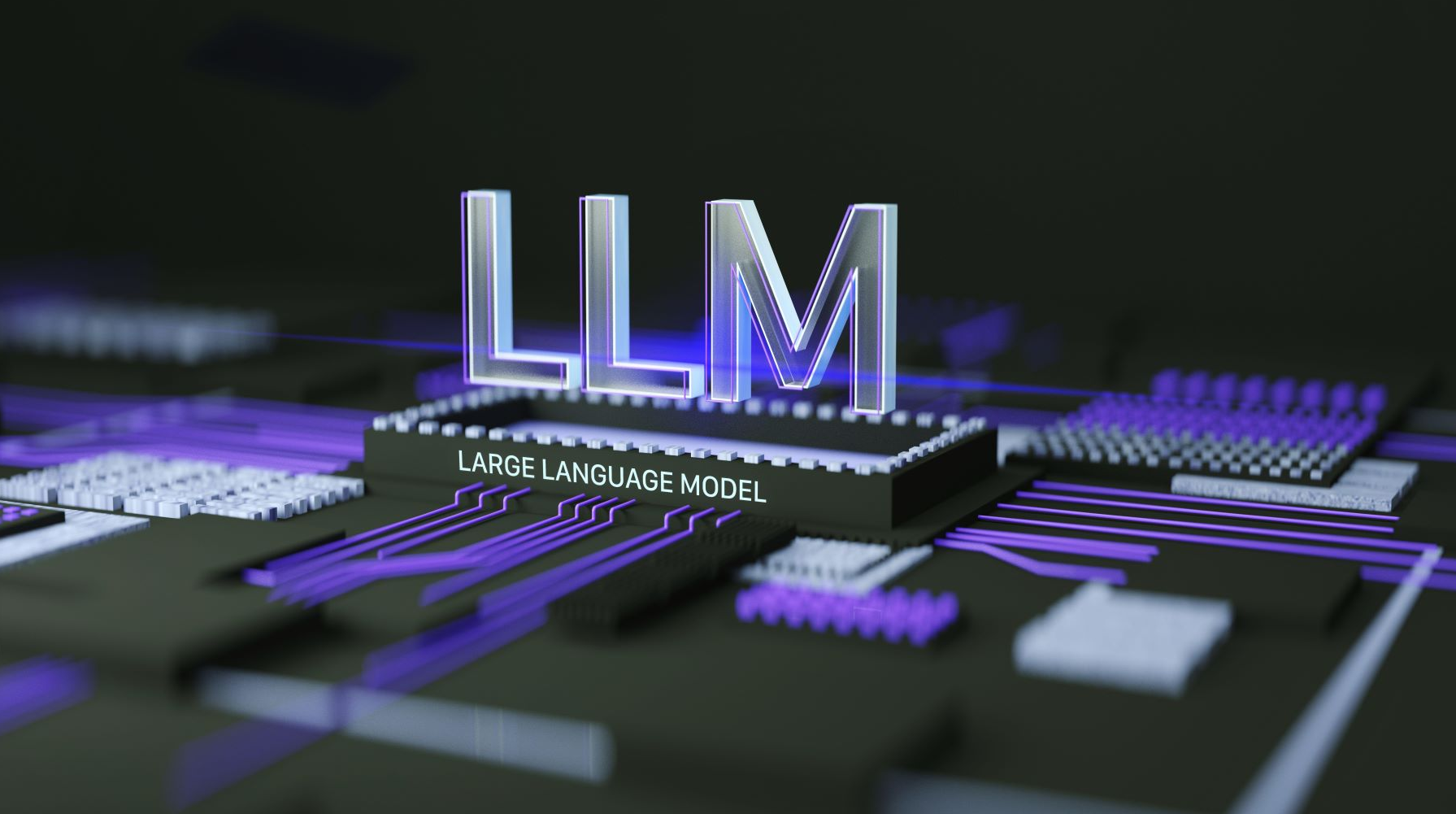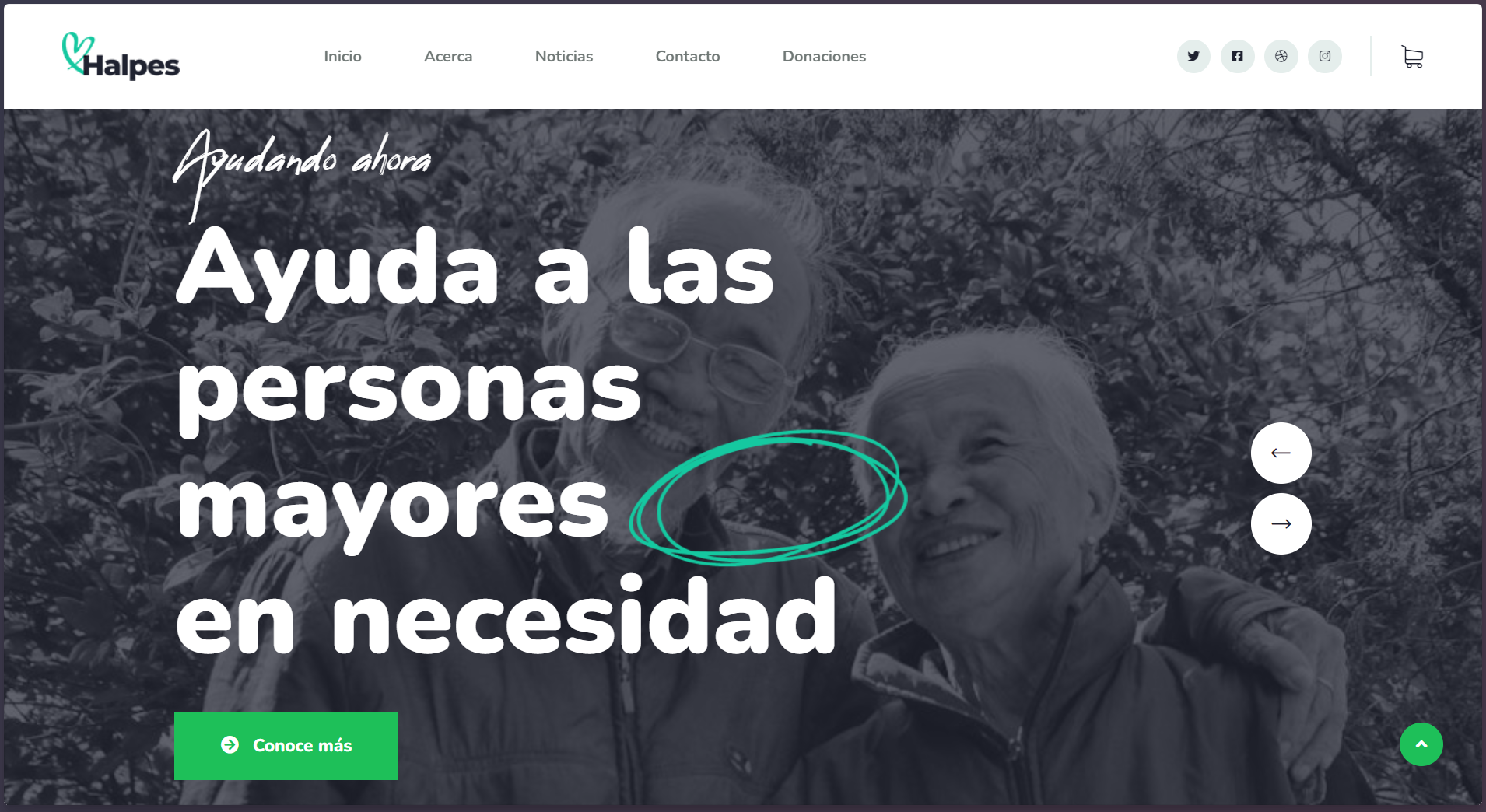
RAGLLM
- Client
Personal project for knowledge management and information retrieval
- Technologies
Python 3.13+, Retrieval-Augmented Generation (RAG), Large Language Models (LLMs)
- Links

Overview
A command-line interface (CLI) tool that enables natural language querying of document collections using Retrieval-Augmented Generation (RAG). RAGLLM combines the power of large language models with efficient vector-based search to extract insights from unstructured text data. Built with a modular architecture, it supports multiple LLM backends (DeepSeek and Ollama) and advanced embedding models for semantic search capabilities.
Technologies
- Python 3.13+
- Retrieval-Augmented Generation (RAG)
- Large Language Models (LLMs)
- Vector Embeddings
- llama-index Framework
- DeepSeek API
- Ollama Integration
- Natural Language Processing
- Command Line Interface
Key Features
- Natural language querying of document sets using RAG techniques
- Multi-model support with DeepSeek and Ollama LLM backends
- Semantic search powered by advanced embedding models
- Environment variable configuration for API keys and model selection
- Interactive CLI interface with simple query-response loop
- Document loading from local directory structures
- Vector indexing for efficient document retrieval
- Modular design allowing for easy extension to additional models
- Lightweight implementation with minimal dependencies
- Cross-platform compatibility (Windows, macOS, Linux)
Challenges & Solutions
Model Integration and Abstraction
Developed a unified interface for different LLM backends (DeepSeek and Ollama), requiring careful abstraction to handle varying API requirements, embedding models, and response formats while maintaining consistent query behavior.
Efficient Document Processing
Implemented vector-based document indexing to enable semantic search capabilities across large document collections, balancing performance considerations with retrieval accuracy to provide relevant context to the language models.
CLI Design and User Experience
Created an intuitive command-line interface that simplifies complex RAG operations into a straightforward workflow, focusing on ease of use while maintaining flexibility through command-line arguments and configuration options.
My Role
Designer and developer responsible for architecting the RAG system, implementing model integrations, vector indexing, and building the command-line interface. Focused on creating a flexible tool that balances ease of use with advanced retrieval capabilities.
Project Links
Results
Developed a versatile RAG tool that enables users to query document collections using natural language, with responses generated based on the actual content of their documents. The project demonstrates practical application of cutting-edge NLP techniques in a lightweight, accessible format suitable for developers, researchers, and professionals working with text data.
